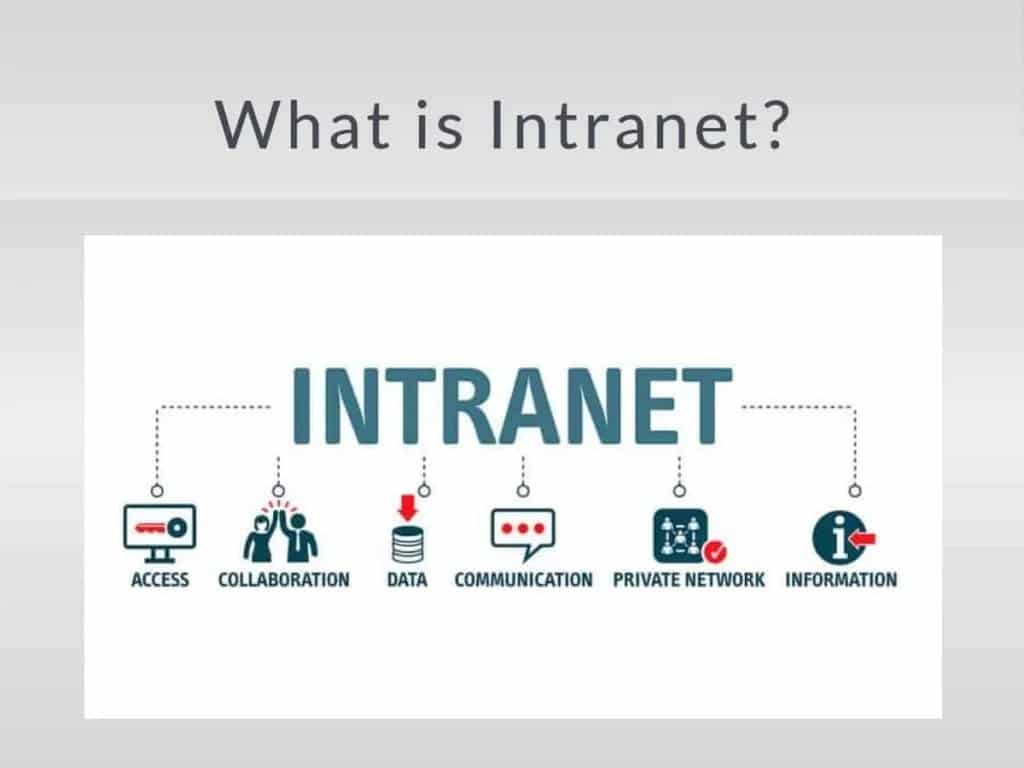Many people are familiar with the internet, but few know exactly how an intranet works. It is an internal network for secure communication and collaboration within companies.
Intranet explained: What it is and how it works
An intranet is a private network. Intranets are used by companies, universities, and government agencies. However, the pages of an intranet are protected by a special login. This means that only authorized employees have access.
- However, an intranet is based on the same technologies as the internet. So there are websites, servers, and protocols.
- The purpose of an intranet is to make information and applications available within an organization in a secure manner.
- Employees can use the intranet to access company news, look up contact details, manage their personnel accounts and time records, or download forms, for example.
Advantages of the intranet: convincing features
An intranet offers numerous advantages, especially when it comes to exchanging data and ensuring smooth internal communication.
- Data and documents are stored centrally so that employees can access them directly.
- Internal communication often runs more efficiently via the intranet, for example through chat systems, messengers, or dedicated email services.
- Since all data is stored on the company’s own servers, confidential information is prevented from passing through third-party servers on the internet.
- Security is a major advantage for companies: data exchange is protected, making external attacks much more difficult.
- Intranets often offer additional administrative functions, such as access logs or authorization levels, which companies can use to control usage.
- Last but not least, companies can promote productivity by restricting Internet access, for example by reducing private use during working hours.
Intranet applications: How companies use the platform
Modern intranets have long been more than just platforms for providing data—they offer numerous functions that make everyday work easier and improve collaboration.
- Employee portals bundle central information such as internal news, documents, forms, or vacation requests.
- Workflow management systems support workflows, approvals, or project management.
- Internal messaging systems and social features such as feeds, comment columns, and group rooms promote communication.
- Personalization options and mobile access ensure that employees can work effectively even when working from home or on the go.
Intranet in transition: New technologies and trends
Thanks to technological advances, intranets no longer have to be operated exclusively locally. Today, they often run over the Internet, but like a VPN, so that access remains isolated from the outside world.
- Many intranets can now be used on mobile devices, which suits the networked working world.
- They combine classic data storage with modern social media functions. This allows employees to not only exchange documents, but also collaborate interactively.
- North Korea provides an extreme example of a closed intranet: instead of a free internet, the population only has access to a state-controlled network where only approved content is available.

